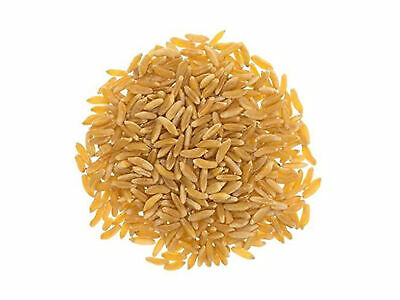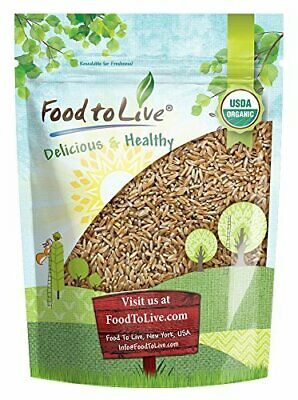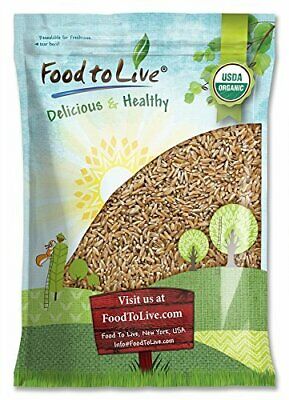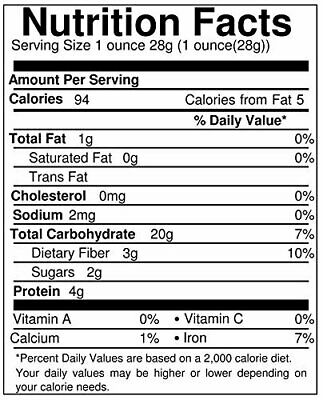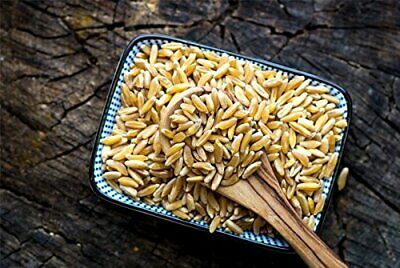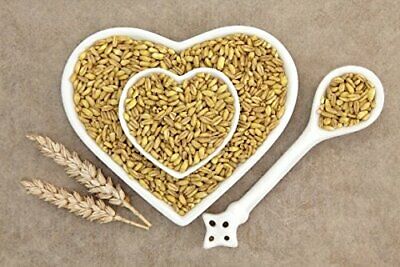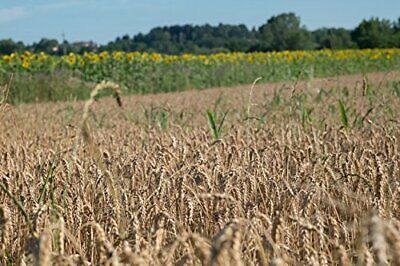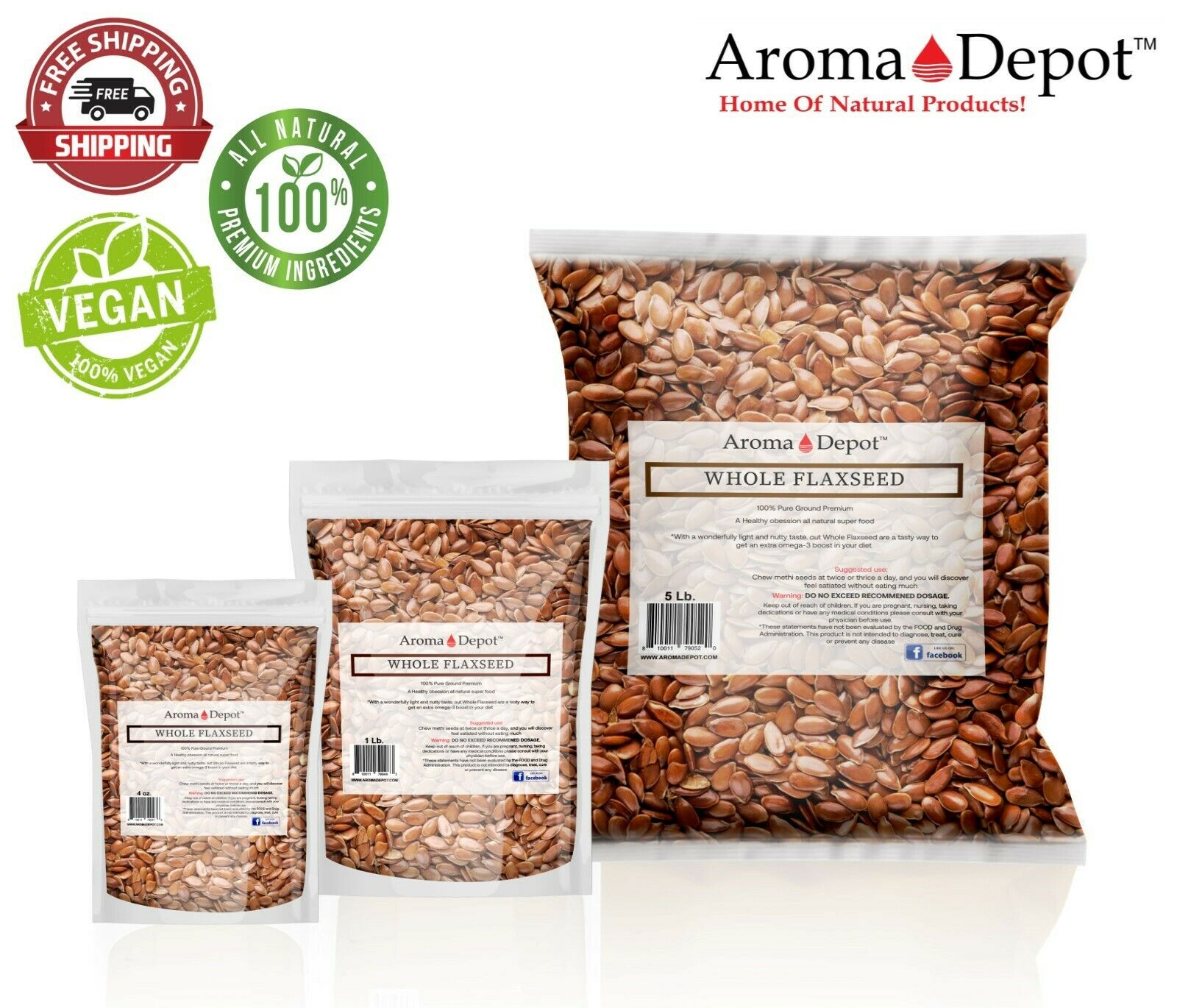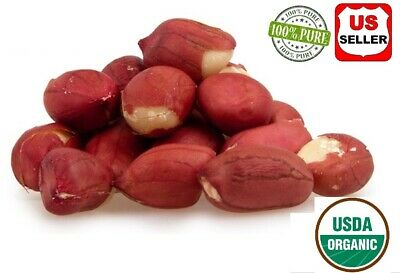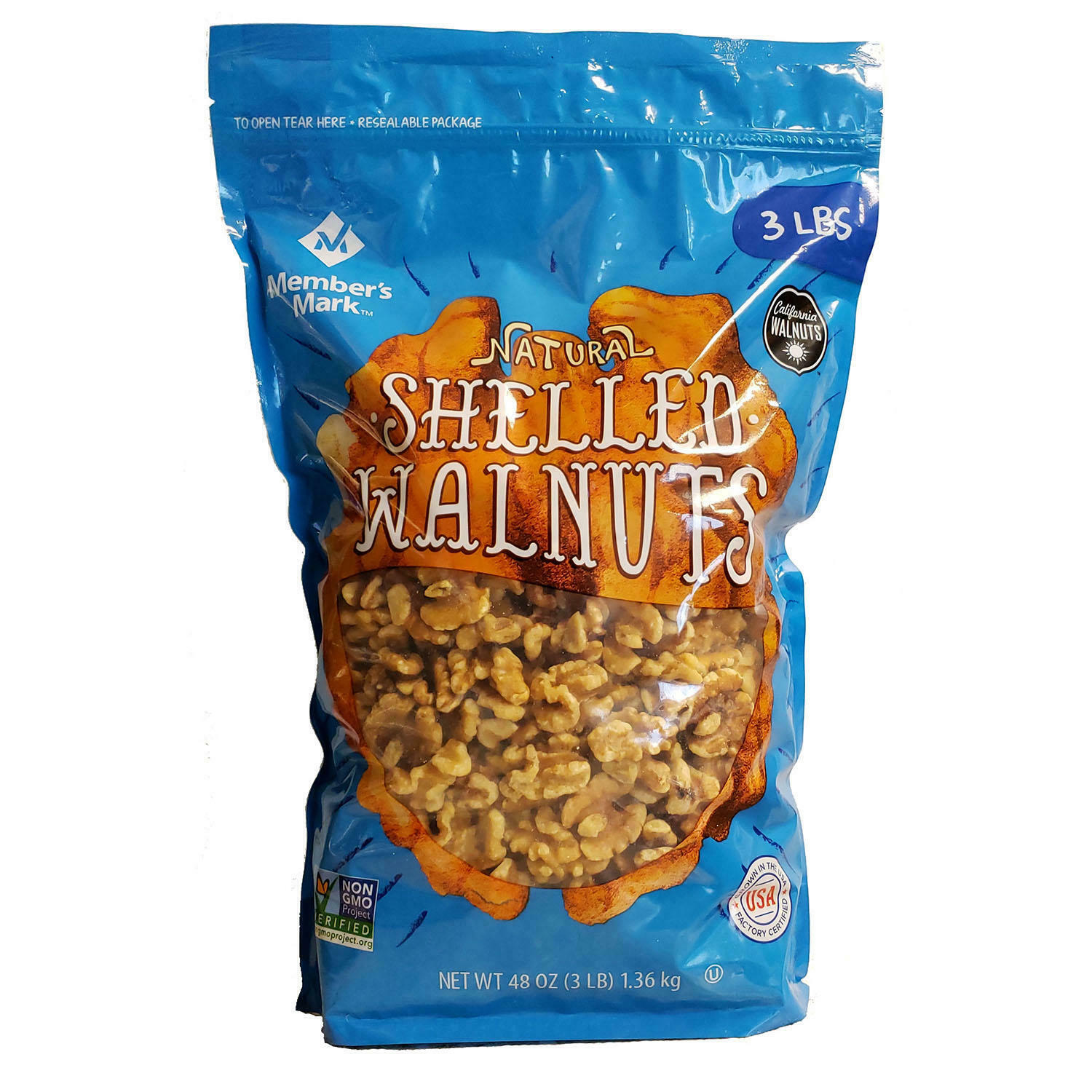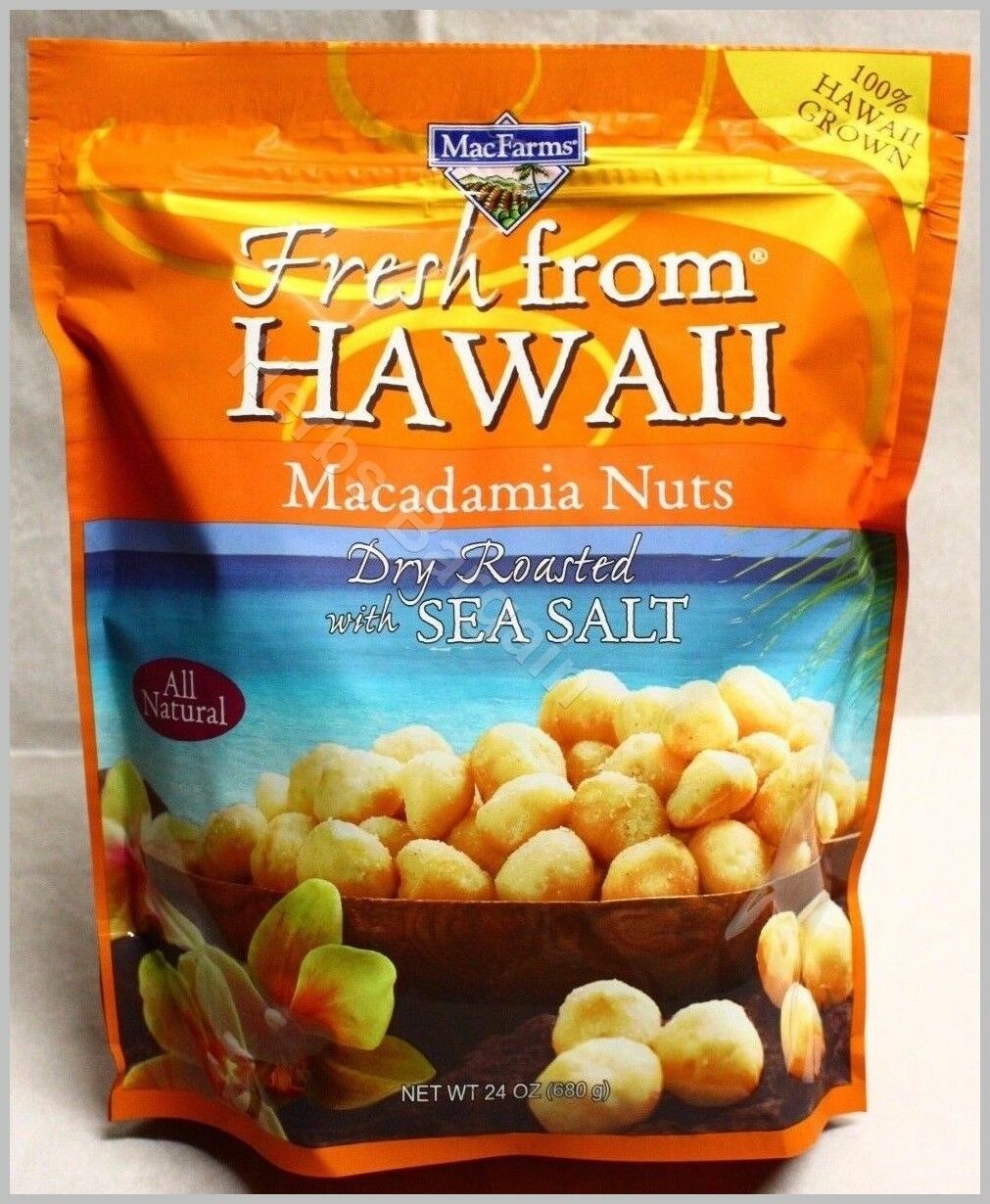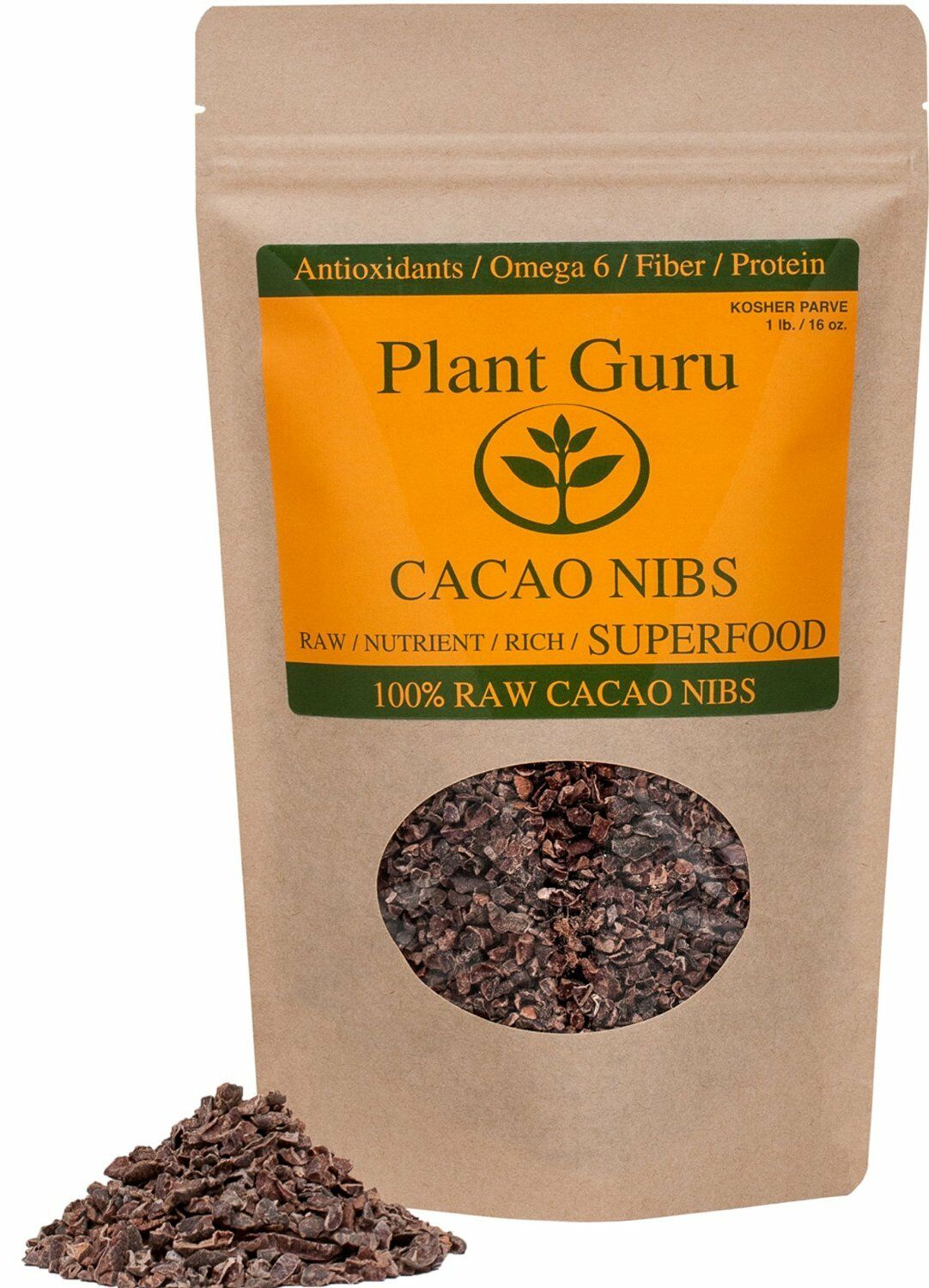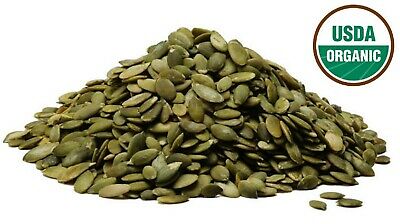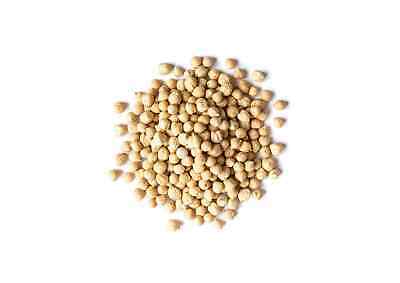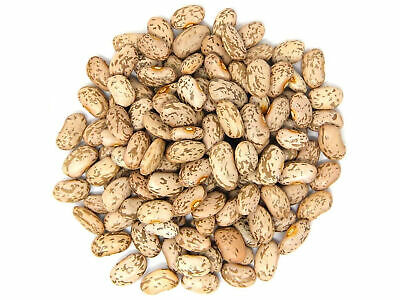-40%
Certified Organic KAMUT Khorasan by Food to Live (Non-GMO, Kosher, Bulk)
$ 6.06
- Description
- Size Guide
Description
Certified Organic KAMUT Khorasan by Food to Live (Non-GMO, Kosher, Bulk)Certified Organic KAMUT Khorasan Wheat Berries
Certified Organic by A Bee Organic
Certified
Kosher
by
Union of Orthodox Jewish Congregations of America
Suitable for Vegetarians
Suitable for Vegans
Non-GMO
About the product:
NUTRITIOUS WHEAT SUBSTITUTE: Organic Kamut is like regular wheat but more nutritious and tasty.
WHOLE GRAIN WITH ZINC: Organic Kamut grain is exceptionally rich in zinc, selenium, and magnesium.
DELICIOUS HEALTHY GRAIN: Organic Kamut has a nutty flavor and goes well in sweet and savory recipes.
EASY TO COOK: Food To Live Organic Kamut flakes cook very fast and don’t need prior preparation.
ORGANIC CERTIFIED WHOLE GRAIN: Organic Kamut from Food To Live is 100% non-GMO and toxin-free.
Product description:
What Is Organic Kamut?
Centuries ago, a grain is known as kamut or Khorasan wheat, was a staple food to the people of Central Asia. However, it has fallen into obscurity as wheat became the dominant grain in the world. Now Organic Kamut from Food To Live helps bring this incredible food back to light. This whole grain is nutritious and very tasty. It fits both sweet and savory dishes, and it will help you enjoy a healthy diet.
The name Khorasan wheat commemorates the part of modern Iran, which is supposed to be the origin of kamut. However, in the Western World, the second name is much more popular. Little is known about the history of this grain, which gives the deliciously nutty food a flavor of mystery.
Legends say that this was the food of ancient pharaohs of Egypt and some even claim it to be one of the grains on the Noah’s Arc. Today, archeologists cannot determine when people started cultivating kamut, but they believe the use of this grain dates back millennia.
Today, organic kamut is mostly grown in small batches for personal use in various regions of Central Asia. In the US, main producers of Khorasan wheat are Montana and Alberta. Commercial cultivation of this grain has increased by over 70% on the last two decades.
Food To Live Organic Kamut Flakes: Easy Way to Enjoy
Food To Live Organic Kamut is a whole grain that offers all the main benefits of this food group. As a type of durum wheat, it’s healthy and nutritious by default. Our products are also organic certified, so they aren’t exposed to any dangerous chemicals.
The majority of commercially grown wheat is genetically modified. Producers also often treat it with a variety of pesticides, nitrates, and other toxic elements. In some cases, it can be both.
Organic Kamut is free from all those harmful elements. The farmers, who grow it, are environmentally conscious and help keep the planet healthy. This means that their organic kamut wheat retains the majority of the nutrients it gets from the rich soil.
Organic Kamut: Types and Uses
Organic Kamut is getting more popular among the healthy eating enthusiasts. Manufacturers, who cater to their needs, find a great many uses for it. Today, you can find organic kamut flour, pasta, baked goods, pancake mixes, waffles, cookies, and even bulgur. Organic kamut puffs are often a part of healthy breakfast cereals and snacks. Some companies produce kamut beer and you can find juice made of organic kamut wheatgrass.
Due to its high nutritional value, supplement manufacturers include organic kamut powder in their arsenal. It’s usually made from sprouted berries or wheatgrass itself. These products are often called organic kamut blend as they also contain other grains or superfoods.
Note that the name ‘kamut blend’ can also refer to a blend of grains that include Khorasan wheat. You can often find it mixed with brown rice as cooking times for these foods are similar.
------------------
Nutritional Benefits of Organic Kamut
Organic kamut is more nutritious than the regular wheat available today. The main difference lies in the amounts of protein and zinc. Overall, it can really be considered one of the most nutrient dense whole grains.
A cup of cooked kamut grain provides you with about 11 grams of protein. This means that even athletes and bodybuilders can benefit from eating this grain. These people need all the protein they can get in order to grow muscles and maintain their good physical shape. Therefore, in a choice between two similar products, the one with an extra boost of amino acid wins.
Vegans are the same, as they also need to watch their protein intake carefully. Consuming a single cup of cooked grain gives you almost a quarter of the recommended daily amount of essential amino acids.
Organic kamut also contains quite a bit of dietary fiber. This substance also plays an essential role in your health. One of its many roles in the body is cleansing. This is why people should eat more fiber-rich foods while detoxing.
Organic kamut benefits any meal plan, even the one for detox because aside from fiber and protein, it also gives you a boost of essential nutrients, including:
·
Selenium;
·
Manganese;
·
Magnesium;
·
Zinc;
·
B vitamins.
Among B vitamins, which take part in almost every chemical reaction in the human body, kamut grain has the highest levels of folate and niacin. It also contains trace amounts of other minerals and vitamin E.
Zinc and selenium are two most important of all minerals you can get from your serving of organic kamut flakes. These elements do not only play a very important part in the body. They are difficult to get from other foods, especially on a vegan diet. This means that organic whole grain kamut is one of the most ‘efficient’ foods for those, who don’t eat meat.
Bear in mind that organic kamut contains no sugar and only 1.6 grams of fat in a cup of cooked grain. This allows including it in weight management plans, as long as you count your calories well.
Is Kamut Wheat Gluten-Free?
Unfortunately, this grain is called ‘kamut wheat’ for a reason. This means it naturally contains gluten, a protein that some have a hard time digesting. It’s noted that the reaction to kamut gluten seems to be a bit different to that of regular, commercially grown wheat. Therefore, some people might be able to consume it.
However, you shouldn’t take this risk if you have a sensitivity to this element. If you follow a gluten-free diet out of some other considerations, organic kamut might be an option.
Is Eating Organic Kamut Good for You?
Whether you choose a regular cooked grain, flour, or organic kamut flakes, eating this food can be very good for you. Just remember not to season it with too much salt or serve with unhealthy products.
-----------------
Organic Kamut Berries & Wheatgrass
As kamut grain is a type of wheat, kamut berries also yield wheatgrass if sprouted. It offers the same type of benefits as regular wheatgrass. Although, due to some changes in their chemical makeup, this variety is a bit more nutritious.
However, no matter its type, the main benefit of wheatgrass is antioxidants. You can eat this product raw or steamed, as well as make some kamut wheatgrass juice. Some manufacturers even go as far as turning organic kamut wheatgrass into a supplement. The product is dried and powdered. Then green kamut is mixed with similar ‘derivatives’ of other healthy grains, like alfalfa.
The resulting product is usually called organic kamut blend and some people use it for detox. However, like it is with all supplements, its efficiency is untested and unknown. FDA doesn’t regulate these products, so even their contents can differ from what is stated on the label.
However, when you enjoy organic kamut grain, you know exactly what it is. This way, you get all nutritional benefits this food can offer and enjoy doing so. Organic kamut is delicious when served with vegetables in savory dishes and just as good when you sweeten it.
How to Cook Organic Whole Grain Kamut
Organic kamut grain takes a while to cook, which can be rather inconvenient. For the best results, you should soak kamut berries overnight before cooking them at low heat. However, a few hours of pre-soaking will do as well. You can even forego this stage altogether, but the grain will take much longer to cook.
When cooking this grain, take 3 parts of water for every part of kamut seeds. Note that you need to put the grain into cold water and bring to a simmer. Then, let it simmer for about 2 hours. It’s very important to not let the pot boil as this will prevent the grain from cooking all the way through. At a slow simmer, your kamut wheat should soak up all the water and become tender. The texture of a well-cooked grain will be similar to rice.
Organic kamut flakes can be cooked in minutes, and their nutritional value and taste are very similar to whole grains.
Organic Kamut Flour and Pasta
Organic kamut pasta is delicious due to the special nutty flavor of the grain. You’ll need to boil it a little bit longer than you would your regular wheat product. However, otherwise, the difference is minimal.
What is different is the taste and nutritional value of organic kamut spaghetti. However, due to the underlying ‘nuttiness’ of kamut, your entire perception of the recipe will change a bit.
Organic kamut flour behaves the same as wheat flour during baking. Therefore, you won’t need to add some other ingredients to make the final product more ‘fluffy’ or tender. You can use this product in various homemade flour mixes.
-----------------
Organic Kamut Recipes: Dried Apricots + Kamut Flakes Granola
Ingredients:
·
3 cups organic kamut flakes
·
1 cup dried apricots (diced)
·
¾ cup walnuts (chopped)
·
1 teaspoon vanilla extract
·
1 teaspoon cinnamon
·
¼ teaspoon maple syrup
·
¼ teaspoon sea salt
·
¼ teaspoon vegetable oil
Instructions:
1.
Mix together kamut flakes and walnuts. Season with salt and cinnamon. Stir to combine thoroughly.
2.
In a small bowl, mix vanilla extract and maple syrup. When combined, pour the mixture onto the flakes mix and stir again. Be careful not to break the flakes, but do your best to coat them as well as possible.
3.
Put the flake mix onto a baking sheet covered with oiled parchment and flatten with your hands. Bake at 300F (pre-heated oven) for about 20 minutes.
4.
When your granola turns golden, take it out of the oven and into a heat-proof bowl. Add apricots and stir carefully.
5.
Let cool completely before eating.
This organic Kamut granola would make a perfect breakfast for the whole family. You can tweak the flavor to your liking by using some other nuts or dried fruits. You can also sweeten it with honey or agave instead of maple syrup.
Put the leftovers into an airtight container and keep them in the fridge. The granola can last for up to two weeks, so you can make it in large batches during the weekend. This way, you’ll always have a healthy breakfast waiting for you. So, you’ll be able to keep eating well even when you are too busy to cook in the morning.
Serve organic Kamut flakes granola with any type of yogurt, including vegan substitutes.
How to Store Organic Kamut Flakes Bulk
Organic Kamut Flakes from Food To Live keep extremely well and don’t have any special storage requirements. It’s a type of dried goods, and thus, fit for long-term food storage. However, it will only remain good for consumption if you follow some basic rules:
·
Keep Organic Kamut Flakes completely dry.
Humidity is deadly for this type of products as it will ruin the texture of the flakes. Storing them in a moist environment might cause mold infestation as well. In this case, your Kamut flakes will become completely inedible.
To prevent these problems, keep the cereal in its sealed original packaging if you plan to store it long term. Once the pack is open, mind the storage dates on the label. Always keep organic Kamut in an airtight container.
·
Store your grains away from heat and sunlight.
Heat and sunlight won’t outright destroy the product like humidity does. However, they can speed up the processes of natural nutrient degradation. This means that organic Kamut, or any other type of dried product, will start losing its nutritional value fast.
·
Never eat cereals that look or smell strange.
Changes in color, texture, or smell usually mean that bacteria got to your product. This usually happens if the cereal gets wet or you store it in a humid place.
Payment
Shipping
Returns
PayPal is the preferred payment method.
We ship every day Monday - Friday.
We hope you will love your purchase, however, if you need to return it, we have a 30-day return policy.
